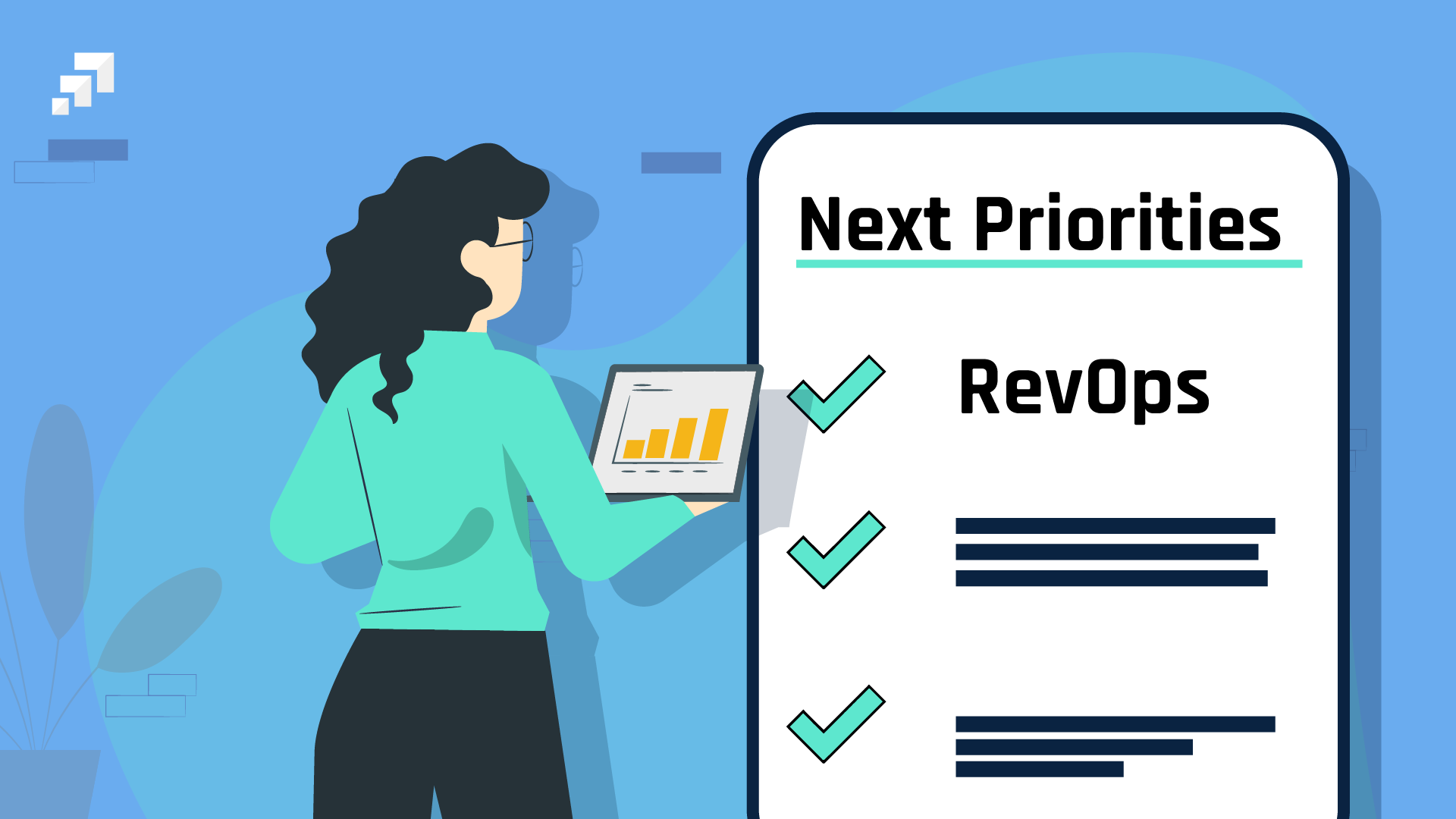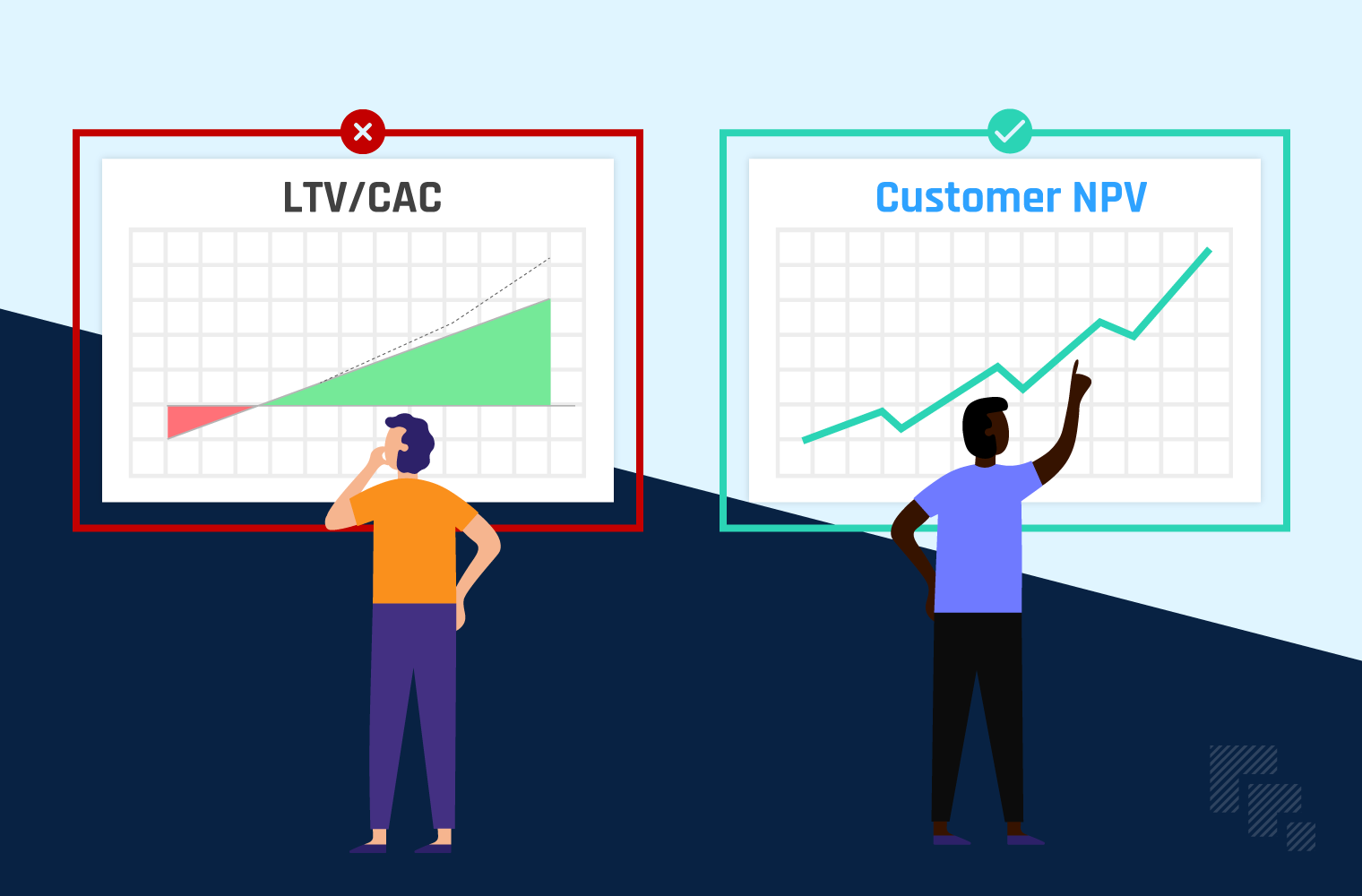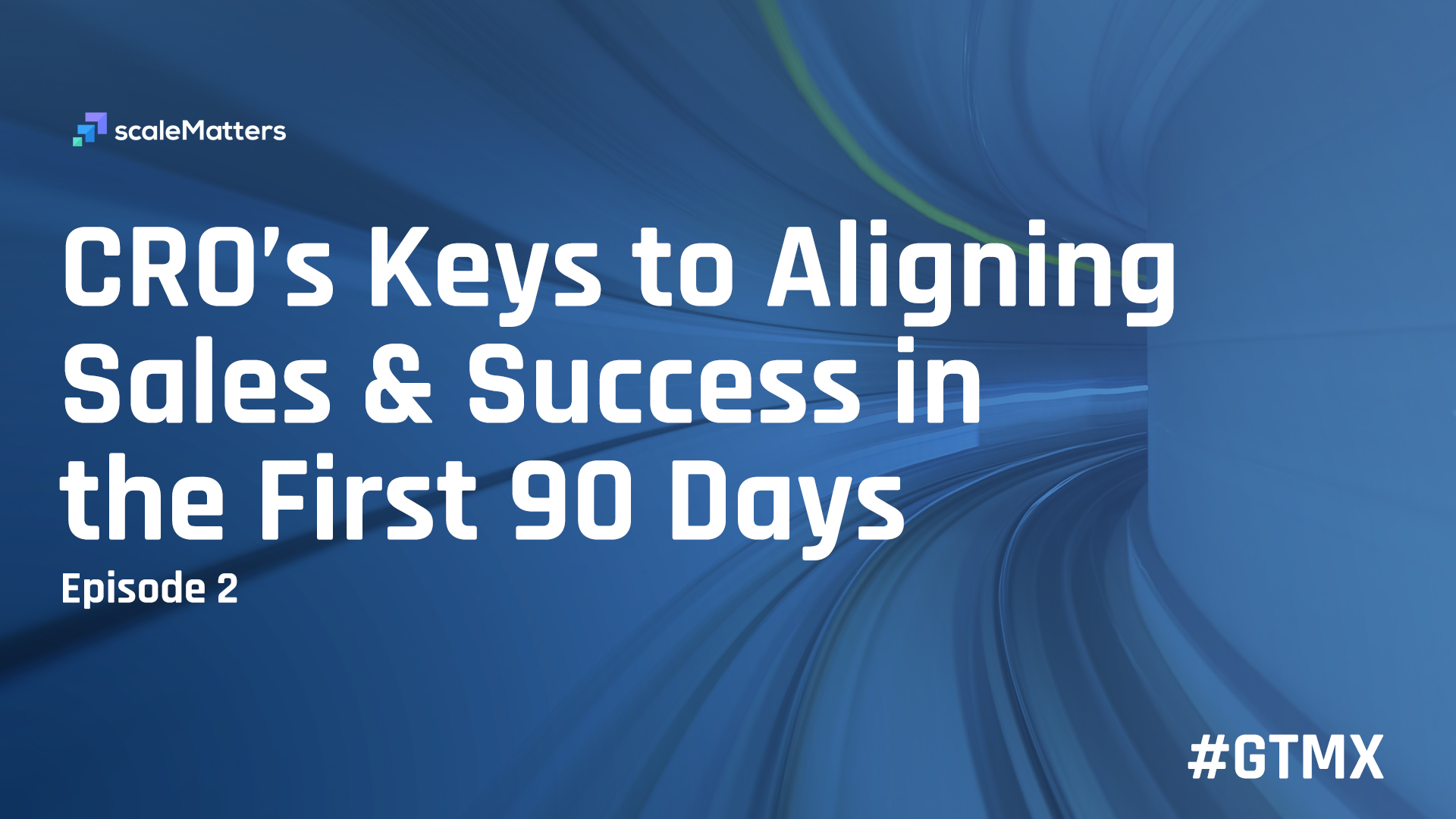Why LTV/CAC is a Misleading SaaS Metric and Should be Replaced with Customer NPV
How the quest for simplification drove ignorance (not dissimilar to politics) Lifetime Value / Customer Acquisition Costs (LTV/CAC) has long been a...
3 min read
 scaleMatters
March 15, 2022
scaleMatters
March 15, 2022

Congrats! You just raised a sizable Series A round.
Now what?
Your company is moving from a founder-led approach for acquiring customers to a standardized approach to get new business (otherwise known as a building go-to-market engine).
You probably have some ideas and a high-level strategy in place. A 100-day plan is a structured way to prioritize actions you need to take in order to keep growing.
What should this 100-day plan include from a Go-to-Market (GTM) perspective?
Enabling and supporting sales activities:
Today’s B2B buyer journey includes a number of digital activities, from online research to Zoom meetings. An optimized go-to-market engine requires a balance of demand generation expertise, selling expertise, and technology to enable them.
Sales teams are now relying on complex technology: CRM, a marketing automation platform, sales acceleration software, conversation intelligence tools, and so on. A revenue operations function is important for implementing and maintaining this tech so that it actually delivers on it's promise: Making the selling more efficient and allowing the sales team to focus on selling.
Formalizing the tech stack:
As your tech stack grows in the number of tools and the capabilities it offers, your company can review the data captured in your tools to extract insights. With those insights, revenue leaders can optimize their GTM engine much more quickly because they can manage it with precision.
A RevOps leader or partner can help extract these insights because they’re often in the weeds of managing and administering the tech stack. Give them the responsibility to ensure the tech stack is installed in a way that accelerates sales and marketing efforts rather than inhibits it.
After raising a Series A round, there’s a need to hire more specialists and grow existing teams to help grow the business.
How should you prioritize who to hire or which initiative to tackle first?
If you think about your go-to market engine as a stool, it’s supported by three legs: demand generation, sales, and tech/infrastructure. All of them are necessary to keep the engine standing. If you prioritize one over the other, the stool will tip over and your go-to-market engine won’t run.
Without investing in the supporting technology as well as the RevOps function necessary to implement and maintain it, you're essentially asking your sales and marketing team to perform their responsibilities without giving them the right tools to do that.
Wait to invest in RevOps and you could see:
The recognition of a revenue operations function is so fundamental to having an effective go-to-market engine. This means there is a high demand for an experienced RevOps leader in a limited talent pool.
Here’s an example of how much a Series A company with 10 sales team members should expect to make (but often don’t):
As you scale, that investment should proportionally increase to build the proper back office/infrastructure.
The truth is, most companies at this stage are a bit hesitant to make this substantial investment. Typically, these companies will make the initial investment and purchase a CRM and marketing automation platform.
But the burden of implementing those tools and maintaining them is often put on sales and marketing leaders. Over time, these responsibilities take up too much time away from their hired responsibilities.
You can certainly spend less and hire a junior-level tech administrator. But be wary: A common scenario is that the tech does not get implemented properly, the data in the CRM is messy and usable.
This back-office infrastructure slowly becomes an inhibitor rather than accelerator of customer acquisition.
The good news: There’s an emerging class of companies that provide RevOps-as-a-Service.
These companies:
As you think about your first 100 days after raising a Series A round, your work is cut out for you. You’ll need to start building a go-to-market engine with minimal friction and repeatable processes.
To do so successfully, you have two options:
Think about how you want to scale your business in a way that helps build confidence for your investors. In addition to generating demand and closing sales, standardizing your processes and implementing technology to assist with your go-to-market engine will be key.

How the quest for simplification drove ignorance (not dissimilar to politics) Lifetime Value / Customer Acquisition Costs (LTV/CAC) has long been a...

Our team recently met with the CEO of a B2B tech company in Atlanta. Bootstrapped. ~$10M ARR.

2X Chief Revenue Officer and now President of Surefire Local, Mike Pierce, took some time out of his busy schedule to share important lessons, one of...